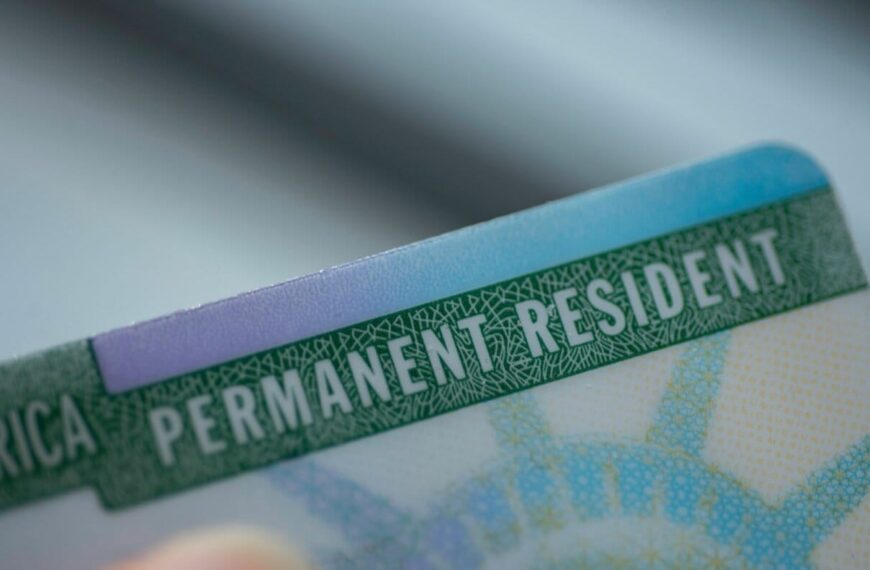Understanding USCIS Updates on CSPA Age Calculation for Green Card Applicants
The U.S. Citizenship and Immigration Services (USCIS) has recently made significant updates regarding the Child Status Protection Act (CSPA) that affects how age is calculated for green card applicants. This change has sparked discussions among many immigrants, particularly those who are navigating the complexities of U.S. immigration law. In this blog post, we will delve into the implications of these updates, providing clarity for applicants and their families.
What is the Child Status Protection Act (CSPA)?
The Child Status Protection Act was enacted to protect children from “aging out” of eligibility for permanent residency when they turn 21. Under previous regulations, the age of a child was determined based on the petition date. However, the recent updates by USCIS have altered this calculation, which could have profound effects on many applicants.
Key points about CSPA include:
Implications of the Recent Updates
The recent updates by USCIS regarding CSPA age calculation have raised several questions among applicants. Many individuals are concerned about how these changes might affect their green card applications and family reunification plans.
Here are some implications of the updates:
How the CSPA Age Calculation Works
To understand the impact of the USCIS updates, it is essential to know how the CSPA age calculation operates. The age of a child is determined based on their age at the time of visa availability, rather than the date of the petition.
Factors influencing the CSPA age calculation include:
With the updates, USCIS may impose stricter criteria for determining eligibility, leading to confusion about who qualifies for age protection under CSPA.
What Applicants Should Do
For those affected by the changes, it is crucial to stay informed and take proactive steps. Here are some recommendations for applicants navigating the new CSPA age calculation:
Steps to consider:
Being proactive can help applicants better manage their cases and avoid potential setbacks.
Impact on Family Unity and Immigration Reform
The recent updates to CSPA age calculation come amid ongoing debates surrounding immigration reform in the United States. Many advocates argue that changes to policies like CSPA are crucial for maintaining family unity in immigration processes.
Considerations in the broader immigration context:
Conclusion
The USCIS updates to the CSPA age calculation for green card applicants represent a critical evolution in U.S. immigration policy. As families navigate these changes, it is vital to remain informed and prepared. Understanding the implications of these updates will help applicants safeguard their rights and ensure a smoother immigration process.
As discussions about immigration reform continue, it is essential for individuals and families to advocate for clear and fair policies that support family unity and the rights of immigrants. Whether through community engagement or professional assistance, every step taken can contribute to a more equitable immigration system.










